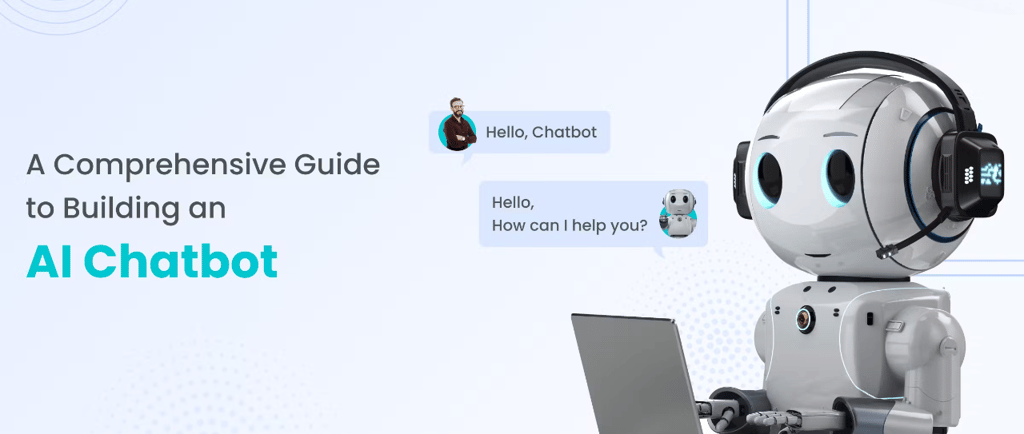Crafting Engaging Chatbots: A Guide to Conversation-Driven Design
A user-centric approach to designing chatbots that deliver meaningful, engaging, and adaptive conversations.
12/4/20242 min read


One of the key challenges in chatbot development is striking a balance between meaningful user engagement and accurate, value-driven responses. Many chatbots fall short—either too rigid and scripted or overly vague and unpredictable. To overcome this, developers must adopt a user-centric approach, focusing on the user’s needs, preferences, and feedback.
What is Conversation-Driven Design?
Conversation-driven design is a methodology that prioritizes the user’s perspective, needs, and input while integrating business logic, technology, and rules. This approach ensures chatbot experiences are both engaging and effective. Here’s how it works:
Step 1: Define User and Chatbot Personas
Personas represent fictional profiles based on research about the target audience’s needs, pain points, habits, and behaviors.
• User Persona: Helps tailor the chatbot to meet user needs effectively.
• Chatbot Persona: Defines the bot’s tone, voice, and conversational style, creating a consistent and trustworthy interaction.
Step 2: Map the User Journey
The user journey visually represents a user’s interactions with the chatbot, from their first encounter to goal completion.
• Helps structure dialogues to match users’ mental models and preferences.
• Identifies user expectations and pain points to design an intuitive conversational flow.
Step 3: Develop Scenarios and Define User Intents
Scenarios outline the contexts in which users interact with the chatbot, guiding the possible paths they may take to achieve their goals.
• User Intent Recognition: Chatbots must identify and categorize user intents to respond effectively.
• Structuring conversation paths improves chatbot accuracy and engagement by anticipating user needs.
Step 4: Write and Test the Chatbot Script
The chatbot script includes prompts, questions, answers, and feedback, ensuring the bot communicates with clarity and consistency.
• Test the script with real users to evaluate:
• Usability: When and how users interact with the bot.
• Functionality: Whether the bot meets user expectations.
• Experience: The overall tone, voice, and user satisfaction.
Step 5: Analyze Feedback and Iterate
User feedback is vital for improving chatbot design. By understanding user inputs and behaviors, developers can refine functionality, making the chatbot more adaptive and responsive to evolving needs.
Conclusion
Conversation-driven design is essential for building chatbots that resonate with users. By defining personas, mapping journeys, crafting scenarios, and refining scripts through testing and feedback, developers can create chatbots that deliver meaningful, seamless, and user-centric interactions. This iterative approach ensures long-term engagement, satisfaction, and success in chatbot development.
Location
Boston, US | Bangalore, IN
Hours
I-V 9:00-18:00
VI - VII Closed
